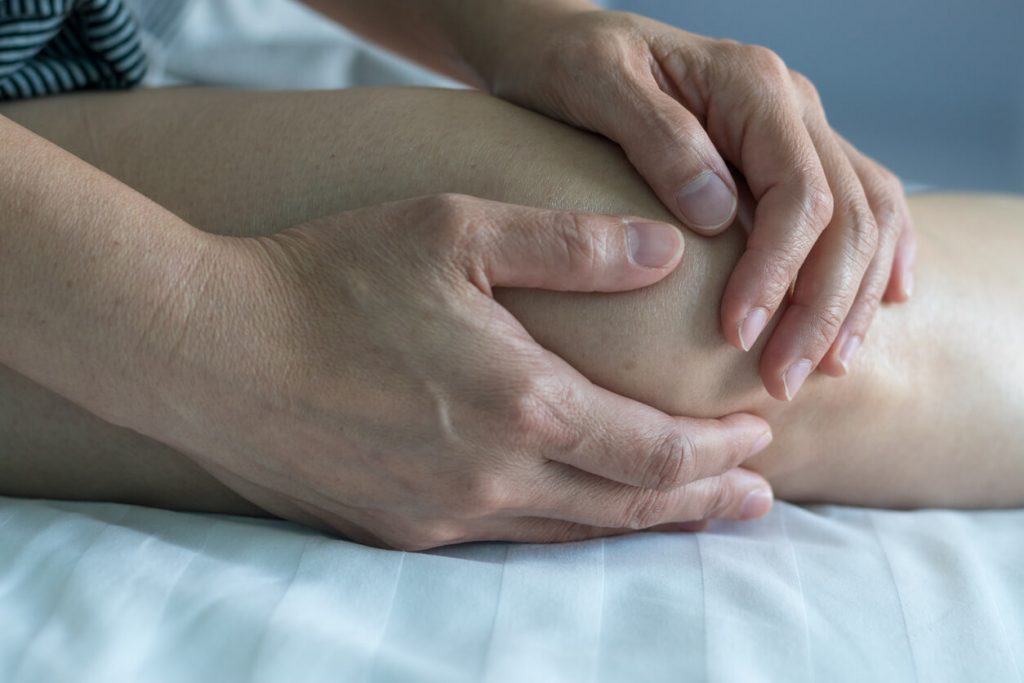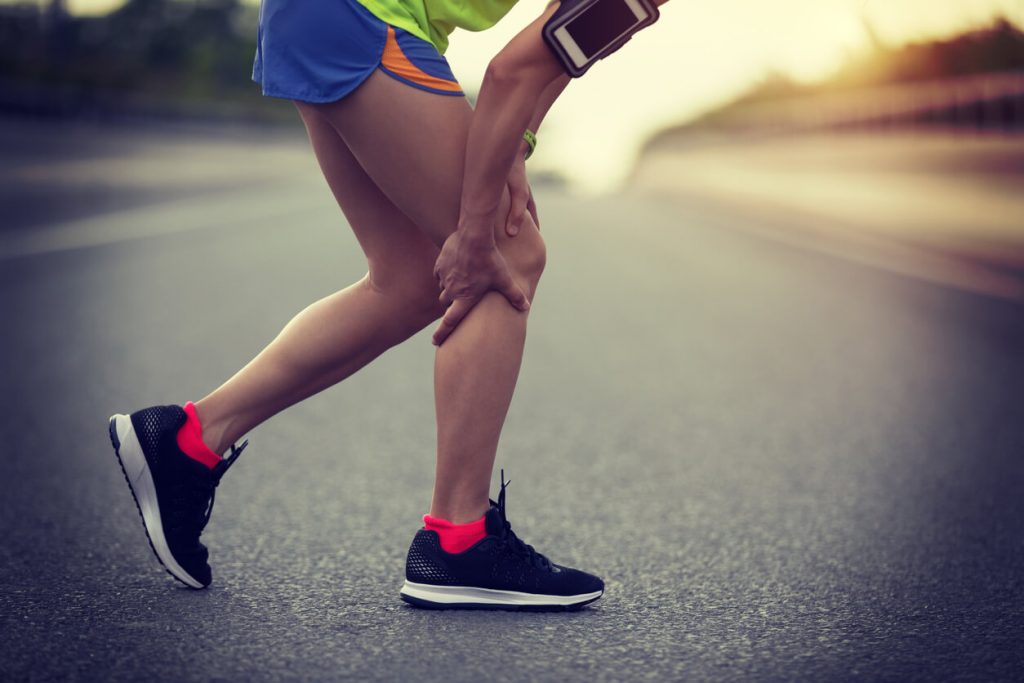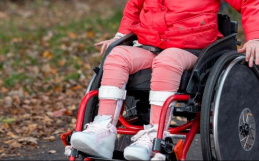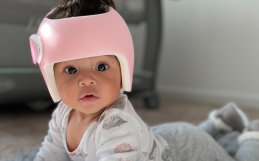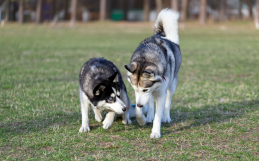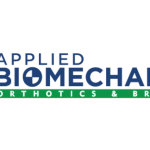Are you experiencing knee pain and wondering if bracing will help?
The knee is a complicated part of the human body as it is the intersection of many bones, muscles, ligaments, and tendons. Knee pain can be caused by a wide range of biomechanical and medical conditions and to properly diagnose what you’re experiencing, you need to speak with a professional.
If you’re looking for help dealing with knee pain from a specific condition, the team at Applied Biomechanics is here to help. We have experience treating a variety of knee problems and we understand how knee bracing can help treat most conditions.
There are a few conditions that we commonly see associated with knee pain. To learn more about the causes, symptoms, and treatments for specific conditions, select an option from the list below:
- Osteoarthritis (OA)
- Torn ACL / MCL
- Torn Meniscus
- Baker’s Cyst
- Runner’s Knee
- Tendonitis
- Osgood-Schlatter Disease
Remember that every person is different and proper treatment must be customized to your specific biomechanics. Our team understands how to design custom bracing solutions to fit your needs and can help you on the road to recovery.
Book an appointment with us today.
Knee Pain From Osteoarthritis (OA)
Osteoarthritis is a medical condition that is caused by the gradual wear and tear of the cartilage in the knee joint. When experiencing knee osteoarthritis, there are three different parts of the knee that can rub together causing pain. These three parts are:
- Between the patella (kneecap) and the femur
- The medial compartment (inside of the knee) between the tibia and the femur
- The lateral compartment (outside of the knee) between the tibia and the femur
How do you treat OA with bracing?
The vast majority of knee osteoarthritis pain is associated with the medial compartment (inside of the knee). In order to treat this condition, our team designs an ‘unloading brace’ or a ‘load shifting brace’ that is specifically designed to unload the medial compartment.
In cases where the lateral compartment (outside of the knee) is the issue, a similar type of brace can be fitted to unload this side of the knee. If there is arthritis behind the patella (kneecap), it will require a soft brace to realign patella movement to resolve the problem.
These types of knee braces will help reduce the amount of bone-on-bone friction in the knee, by unloading the affected area. This will decrease the pain caused by osteoarthritis and help you to go about your daily activities.
Knee Pain From Torn ACL / MCL
The ACL / MCL are your anterior cruciate ligament and your medial collateral ligament respectively. Both ligaments are located in the knee and are essential for keeping it supported and stabilized. The ACL runs from the front of the tibia (shin bone) to the back of the femur (thigh bone) and controls frontward movement of the tibia. The MCL is attached to the inside of the tibia and the inside of your femur and controls the knee from bending inward (valgus).
How do you treat a torn ACL / MCL with bracing?
ACL or MCL injuries are most commonly caused by a twist, a stumble, a slip or fall, or some other sudden change in direction that puts a large amount of strain on the ligament. ACL / MCL sprains are serious injuries that should be properly treated with physical therapy and strengthening exercises.
When you tear your ACL or MCL (or both), bracing is likely necessary. Knee braces can restore stability and optimal alignment to the knee joint and take the stress off the ligaments.
Knee Pain From Torn Meniscus
The meniscus is the name given to the pieces of cartilage that sits between the tibia and the femur on the medial and lateral sides of the knee (the inside and the outside respectively). On both sides of the knee, the cartilage is hollowed out and the edges of the meniscus curl up to cup around the ends of the femur (condyles).
A torn meniscus must be treated properly. If your meniscus is torn and not allowed to heal fully, the cartilage around the knee will start to wear unevenly. This wearing process can lead to osteoarthritis (OA) and further knee problems down the road.
How do you treat a torn meniscus?
To allow the meniscus to heal, you need a brace that will properly unload the affected compartment. However, it is also important to treat the root cause of the torn meniscus. A torn meniscus is typically secondary to a torn ACL / MCL, which is the primary cause of the injury. See the section above for further details on treating a torn ACL / MCL.
Knee Pain From Baker’s Cyst
A Baker’s cyst is a type of cyst that will form in the area behind your knee. While a Baker’s cyst may sound serious, it is usually caused by some other type of knee injury. Addressing the root cause of the injury will typically resolve the issue and allow the cysts to reabsorb naturally.
Why do Baker’s cysts form?
The knee is a synovial joint, which means that it is lined with a fluid-filled sac called a ‘synovium’. If the synovium is damaged, some of the synovial fluid may leak out. For the knee, this leakage will typically occur in the posterior space behind the hamstring tendons. This can cause a Baker’s cyst to form in the area.
How do you treat a Baker’s cyst?
Baker’s cysts are most often caused by injuries such as a torn ACL / MCL or a torn meniscus. To treat it, our team will address the main injury with bracing. In rare cases, if the cyst is large enough, a physician may recommend that they aspirate or remove it.
Knee Pain From Runner’s Knee (IT Band Syndrome)
Runner’s knee is a common type of overuse injury or a repetitive strain injury (RSI), typically caused by doing the same activity repeatedly over an extended period of time. It is often experienced by runners or other athletes whose training involves repetitive exercises and motions.
One common condition that is often used interchangeably with runner’s knee is ‘iliotibial (IT) band syndrome’. There are a number of technical or medical terms that runner’s knee may refer to, and IT band syndrome is just one of them (patellofemoral pain is another). The iliotibial band is the ligament that extends up the lateral side of the knee, along the femur to the hip.
How do you treat runner’s knee or IT band syndrome?
Problems with runner’s knee or IT band syndrome do not come on suddenly. These chronic conditions are often caused by months or years of activity. The best way to treat these conditions is with soft bracing that will contain the knee, provide mild compression, and offer better alignment. Checking and correcting poor foot alignment with custom foot orthotics is also important in the treatment of IT band syndrome.
Knee Pain From Tendonitis
Tendonitis is the inflammation of the tendons in your body, typically caused by overuse or injury. Tendons are the part of your body that connect muscles with bones and allow smooth and coordinated movement.
Knee tendonitis is often related to some type of overuse injury or RSI, such as runner’s knee or IT band syndrome. However, it can also be caused by an acute condition, such as a tear or a rupture in your ligaments. The causes of tendonitis may vary from person to person.
How do you treat tendonitis with bracing?
As the root cause of tendonitis varies, the treatment will vary accordingly. If the cause is instability, then bracing can be used to provide better stability during the recovery process. If the cause is repetitive strain, then bracing can be used to offer better alignment for the ligaments.
Book an appointment to get a proper diagnosis of your situation.
Knee Pain From Osgood-Schlatter Disease (OSD)
Osgood-Schlatter disease is a biomechanical condition caused by the excessive growth, or hypertrophy, of the tibial tubercle. This is the bump on the top of your tibia (shin bone), where your patella tendon is attached.
What causes Osgood-Schlatter Disease (OSD)?
Prolonged stress on the patella tendon prompts the excessive growth of the tibial tubercle, causing it to jut up from the rest of the tibia bone. The pain associated with OSD is actually a form of tendonitis, caused by this excessive growth — and is usually experienced at the insertion point of the tendon. The same issue can sometimes occur on the leg with achilles tendonitis (or achilles tendon insertionitis).
How do you treat Osgood-Schlatter Disease (OSD) with bracing?
Did you know that Michael Jordan was well-known for wearing a brace throughout his career to treat OSD? When treating OSD, there are specific bracing designs that will apply a load to the patella tendon between the kneecap and the tibial tubercle. This will spread the loading force out to alleviate symptoms. The change in activity may eventually cause the bone to reabsorb.
Do you have any questions about knee bracing? Contact our team today to learn more.

